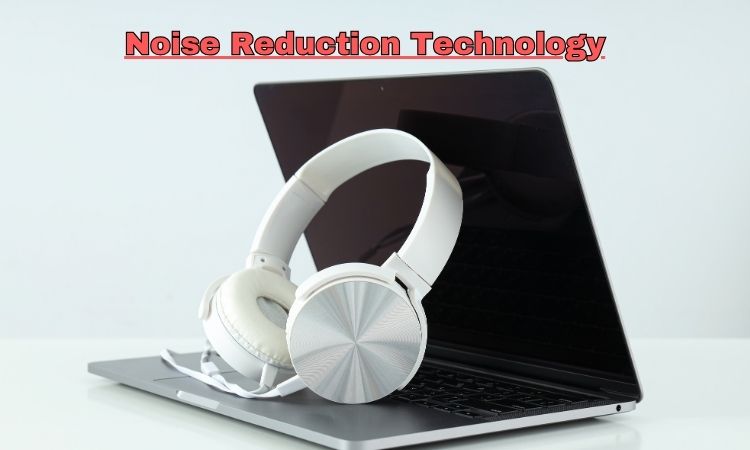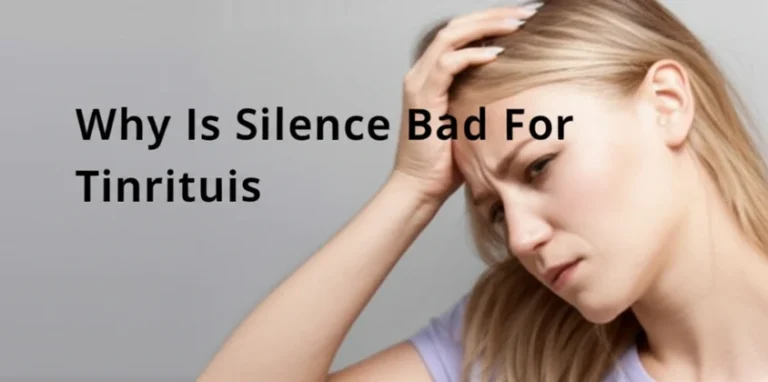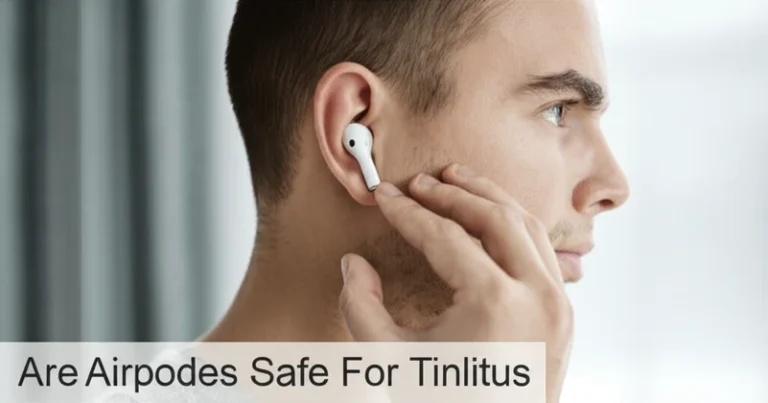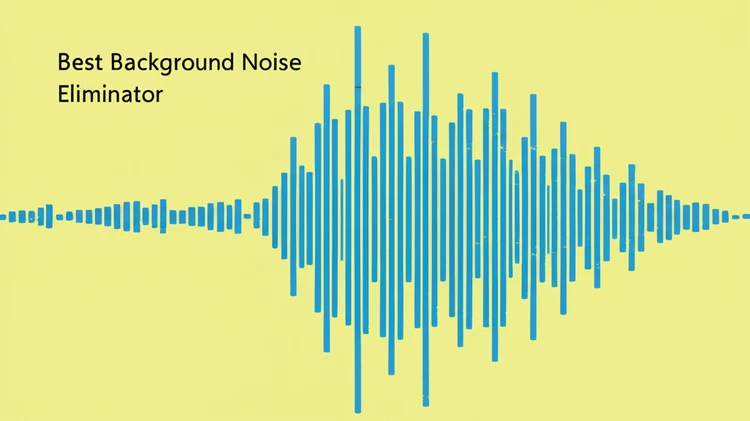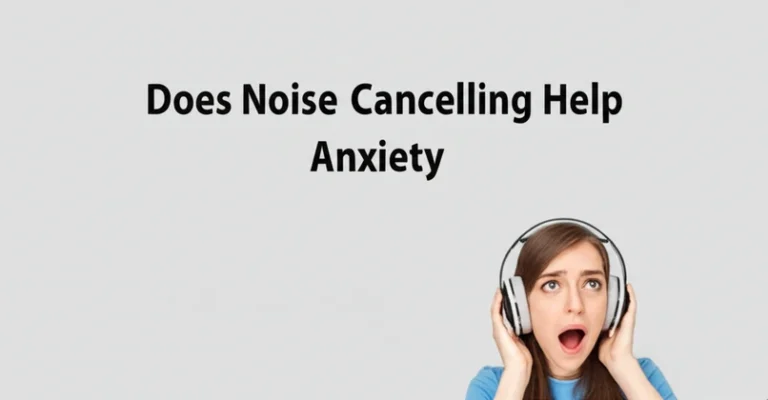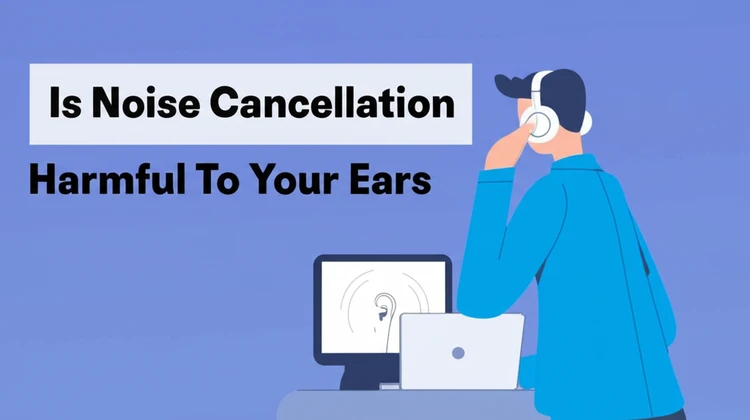
Noise-cancelling headphones offer a welcome refuge from the daily din, but a common question lingers: is noise cancellation harmful to your ears? This article delves into the science behind noise cancellation, addresses common concerns, and provides expert-backed advice for safe and effective usage.
The rise in popularity of noise-cancelling headphones has brought with it concerns about their potential impact on hearing health. This article aims to thoroughly address the question, “Is noise cancellation harmful to your ears?”, by examining the technology, exploring potential risks and benefits, and offering practical guidance for safe listening.
How Does Noise Cancellation Work?
Noise cancellation technology minimizes unwanted ambient sounds, creating a more immersive listening experience.
Two primary methods achieve this:
Active Noise Cancellation (ANC)
ANC utilizes microphones to detect external sound waves. The headphones then generate inverse sound waves that effectively neutralize the incoming noise. This process is particularly effective against consistent, low-frequency sounds like the drone of airplane engines or the hum of office chatter.
Passive Noise Isolation
Passive noise isolation relies on physical barriers, like the earcups or ear tips of headphones, to block external sounds. While not as technologically sophisticated as ANC, passive isolation is effective at reducing higher-frequency noises. Imagine using earplugs; they physically obstruct sound waves from entering your ear canal.
Understanding the difference between these two technologies is crucial for making informed decisions about headphone choices and their potential impact on hearing health.
Common Concerns About Noise Cancellation
Pressure Sensation in the Ears
Some users experience a feeling of pressure when using ANC headphones. This sensation often arises because the brain interprets the sudden reduction in ambient noise as a change in air pressure. While this can be uncomfortable for some, it is generally not harmful and often diminishes with continued use. Research suggests this is a normal physiological response and not indicative of any damage.
Long-Term Use Effects
Prolonged use of noise-cancelling headphones is generally safe, provided listening volumes are kept at reasonable levels.
Exposure to sound levels exceeding 85 decibels (dB) for extended periods can contribute to noise-induced hearing loss. It’s essential to monitor volume levels and take regular listening breaks.
Myths Around ANC Technology
Misconceptions about ANC technology persist, with some believing it generates harmful frequencies. There is no scientific evidence to support this claim.
ANC is designed to cancel existing noise, not produce new sounds that could damage hearing. The technology focuses on reducing sound wave amplitude, not altering frequency in a harmful way.
Is Noise Cancellation Safe for Your Ears?
Expert Opinions and Research
Numerous studies indicate that noise cancellation technology itself does not pose a direct risk to hearing health. In fact, by reducing the need for high volumes in noisy environments, ANC can potentially protect your ears from noise-induced hearing loss.
By creating a quieter listening environment, users are less likely to increase the volume to dangerous levels.
Comparisons With Traditional Headphones
Unlike traditional headphones, noise-cancelling models reduce external noise, allowing users to listen at lower volumes. This feature can make them a safer choice for long-term listening. Traditional headphones often require users to increase the volume to overcome background noise, potentially increasing the risk of hearing damage.
Tips for Using Noise-Cancelling Headphones Safely
Monitor Your Volume Levels
Maintaining a volume below 85 dB is crucial for preventing hearing damage. Most modern devices offer features to track and limit volume. The 60/60 rule is a good guideline: listen at 60% volume for no more than 60 minutes at a time.
Take Listening Breaks
Give your ears a break by removing your headphones every hour. This helps reduce fatigue and minimizes potential discomfort. Short breaks allow the hair cells in your inner ear to recover and can prevent long-term damage.
Start With Lower ANC Settings
New ANC users should begin with lower settings and gradually increase them as needed. This allows your ears to adapt to the change in sound environment. A gradual introduction can minimize any initial discomfort associated with the pressure sensation.
Consider Alternatives if Necessary
If ANC causes discomfort, consider passive noise isolation headphones or models with transparency modes.
These options balance noise reduction with environmental awareness, allowing you to hear important sounds around you.
Maintain Headphone Hygiene
Regularly clean your headphone earcups and ear tips to prevent the buildup of bacteria and earwax, which can contribute to ear infections. Follow the manufacturer’s instructions for cleaning your specific model.
FAQ
Does ANC Damage Hearing?
No, ANC technology itself does not damage hearing. However, listening at high volumes for extended periods, regardless of headphone type, can lead to noise-induced hearing loss.
Why Do ANC Headphones Feel Uncomfortable?
The discomfort some experience is often attributed to the pressure sensation created by ANC’s reduction of ambient noise.
This sensation usually diminishes with regular use or by adjusting the ANC settings. For some, switching to passive noise isolation or transparency mode might provide relief.
Are There Safer Alternatives to ANC?
Yes, passive noise isolation and headphones with transparency modes offer alternatives for users sensitive to the pressure sensations sometimes associated with ANC.
Can noise cancellation cause tinnitus?
While noise cancellation itself doesn’t directly cause tinnitus (a ringing or buzzing in the ears), prolonged exposure to loud noise—even with ANC—can contribute to its development. Managing listening volumes and taking breaks are crucial for tinnitus prevention.
Are noise-cancelling earbuds safe?
Noise-cancelling earbuds follow the same principles as over-ear headphones.
Safe usage depends on managing volume levels and listening durations. It’s important to choose earbuds that fit comfortably and securely to maximize passive noise isolation.
How do I clean my noise-cancelling headphones?
Refer to the manufacturer’s instructions for specific cleaning guidelines. Generally, wiping down the earcups and ear tips with a slightly damp cloth and allowing them to air dry is recommended. Avoid using harsh chemicals or submerging the headphones in water.
Conclusion
Noise-cancelling headphones are a safe and effective tool for reducing unwanted noise and enhancing the listening experience, provided they are used responsibly.
By adhering to safe listening practices, such as monitoring volume, taking regular breaks, and selecting the right technology for your needs, you can enjoy the benefits of noise cancellation without compromising your hearing health.
Do you have experiences or tips to share about using noise-cancelling headphones? We encourage you to share your thoughts in the comments below!

